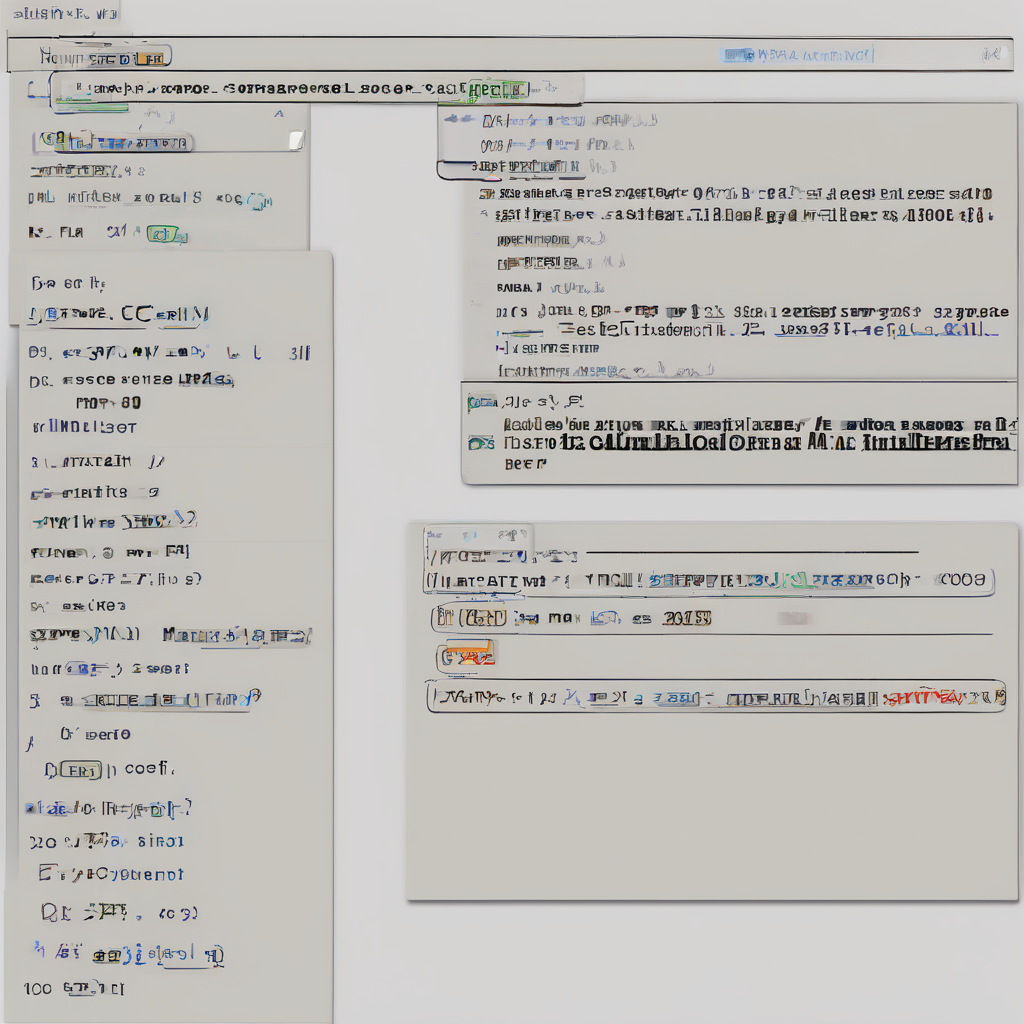Unlocking Global Education: A Deep Dive into the World of Free Online Schools
The digital revolution has fundamentally reshaped education, democratizing access to learning resources like never before. Free online schools, a burgeoning sector within this revolution, offer a compelling alternative to traditional brick-and-mortar institutions, breaking down geographical barriers and catering to diverse learning styles and schedules. This exploration will delve into the multifaceted landscape of free online schools, examining their advantages, disadvantages, challenges, and the future potential they hold for global education.
The Allure of Free Online Education: Advantages and Opportunities
- Accessibility and Affordability: This is arguably the most significant advantage. Free online schools eliminate the financial barriers associated with tuition fees, textbooks, and commuting costs, making education accessible to individuals regardless of socioeconomic background. This is particularly impactful in developing countries with limited access to quality education.
- Flexibility and Convenience: Online learning platforms offer unprecedented flexibility, allowing students to learn at their own pace, anytime, and anywhere with an internet connection. This adaptability caters to busy schedules, diverse learning preferences, and those with disabilities or geographical limitations.
- Personalized Learning Experiences: Many free online schools utilize adaptive learning technologies that tailor the learning experience to individual student needs and progress. This personalized approach ensures that students receive the support and challenges necessary for optimal learning.
- Global Reach and Diverse Perspectives: Free online schools transcend geographical boundaries, connecting students and educators from across the globe. This exposure to diverse perspectives broadens students’ horizons, fosters intercultural understanding, and prepares them for an increasingly interconnected world.
- Self-Paced Learning: The ability to learn at one’s own speed is invaluable for students who require more time to grasp concepts or prefer a more deliberate learning approach. This flexibility reduces the pressure associated with rigid timelines and allows for deeper understanding.
- Resource Abundance: Many free online schools provide access to a vast array of resources, including interactive exercises, multimedia content, virtual labs, and online libraries, enriching the learning experience beyond traditional classroom materials.
- Open Educational Resources (OER): The increasing availability of OER, including textbooks, course materials, and educational software, further enhances the affordability and accessibility of free online schools.
Navigating the Challenges: Disadvantages and Limitations
- Lack of Structure and Discipline: The flexibility of online learning can also be a drawback. Self-motivation and discipline are crucial for success, as students are responsible for managing their time and progress without the direct supervision of a traditional classroom setting.
- Technological Barriers: Reliable internet access and appropriate technology (computers, tablets) are prerequisites for participating in free online schools. This digital divide excludes individuals in underserved communities with limited access to technology.
- Limited Interaction and Socialization: While some online schools offer virtual interaction opportunities, the lack of face-to-face interaction can limit social development and collaboration among students.
- Quality Control and Accreditation: The quality of free online schools can vary significantly. Ensuring the credibility and accreditation of these platforms is crucial to maintaining educational standards and student outcomes.
- Potential for Distractions and Procrastination: The home environment can be rife with distractions, making it challenging for some students to maintain focus and avoid procrastination.
- Teacher Support and Feedback: While some free online schools provide teacher support, the level of interaction and feedback may not always match the level of support available in traditional classrooms.
- Assessment and Evaluation Challenges: Ensuring the integrity and effectiveness of assessments in online environments can be challenging, requiring innovative approaches to prevent cheating and accurately evaluate student learning.
- Digital Literacy Skills: Students need sufficient digital literacy skills to navigate online learning platforms and utilize digital resources effectively. Lack of these skills can hinder their progress.
The Future of Free Online Schools: Opportunities and Innovations
Despite the challenges, the future of free online schools appears bright, driven by ongoing technological advancements and a growing global demand for accessible and affordable education. Several key areas hold significant potential:
- Artificial Intelligence (AI) in Education: AI-powered personalized learning platforms can offer adaptive learning experiences, providing tailored support and feedback to each student, addressing individual learning needs and gaps.
- Gamification and Interactive Learning: Integrating game-like elements into online learning can enhance engagement and motivation, making the learning process more enjoyable and effective.
- Virtual Reality (VR) and Augmented Reality (AR): VR and AR technologies can create immersive learning experiences, transforming abstract concepts into tangible and interactive simulations.
- Improved Accessibility Features: Developing online learning platforms with robust accessibility features will ensure that students with disabilities have equal opportunities to participate and succeed.
- Enhanced Teacher Training and Support: Investing in teacher training programs focused on online teaching methodologies will improve the quality of instruction and support provided in free online schools.
- Collaboration and Partnerships: Collaboration between governments, educational institutions, and technology companies is essential to expand access to high-quality free online schools.
- Open Educational Resources (OER) Expansion: Continued development and dissemination of OER will further reduce the cost of education and increase access to learning materials.
- Addressing the Digital Divide: Efforts to bridge the digital divide by providing access to technology and internet connectivity in underserved communities are crucial for ensuring equitable access to free online education.
Conclusion (Not included as per instructions)




